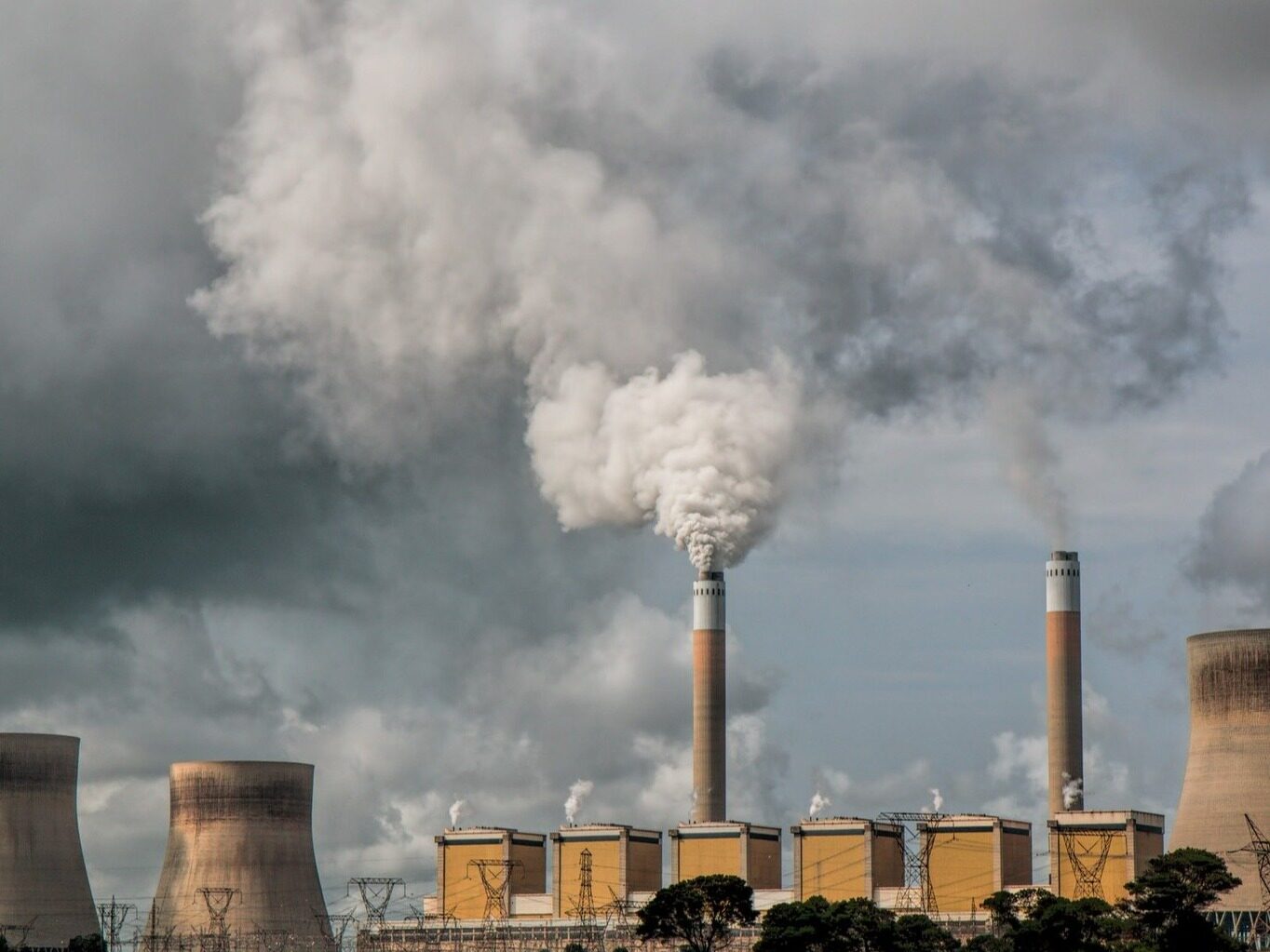- More than 40 countries agreed on COP26 to phase out the use of coal power by 2040 at the latest

At the COP26 climate summit, more than 40 countries have agreed to phase out coal-fired power generation. The agreement includes 18 countries, committing for the first time to phase out or stop investment in new coal-fired power plants both domestically and internationally. The list includes major coal users, including Canada, Poland, Ukraine and Vietnam. The signatories of the agreement have pledged to phase out coal power for major economies in the 2030s and for poorer countries in the 2040s. Dozens of private organizations have also signed pledges, and several major banks, including HSBC and the Canadian Export Development Bank, have agreed to withdraw their capital from the coal industry.
The transaction is part of the focus on energy on the fifth day of the COP26 summit and follows a series of announcements made earlier this week. Many activists welcomed the series of announcements about coal. Chris Littlecott, social director of think tank E3G, said: “This commitment to coal is definitely a big step forward, unimaginable a year or two ago. This is an improvement. The real sign of it."
Notable exceptions
It also comes from an agreement at the G20 summit earlier in November in which leaders pledged to terminate financing of international coal-fired power plants. However, due to opposition from China, India, Australia and Russia, they did not promise to stop using coal domestically. A key theme of COP26 is "Handing over coal to history." However, coal is still a core part of the global energy structure, producing approximately 37% of the world's electricity in 2019. Although there are hopes for reducing total coal emissions, these commitments are particularly evident in countries that refuse to sign.
Several of the world's largest coal-dependent and emission economies failed to sign the pledge. Research published on Thursday showed that coal emissions rebounded in 2021, and after falling in 2020 due to the pandemic, they are estimated to be 5.7% higher than their 2020 levels. India’s coal consumption has increased by 15% this year, while China’s has increased by 2.5%.Editor/Baohongying
Comment
 Praise
Praise
 Collect
Collect
 Comment
Comment
 Search
Search














Write something~